Cage results positive in Bahamas
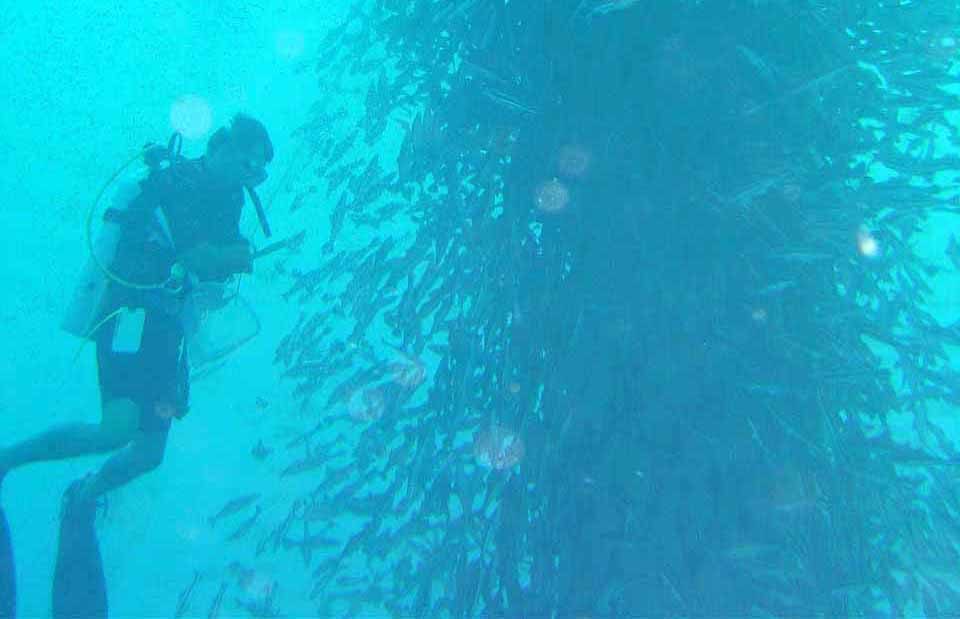
AquaSense LLC, a private company from the Bahamas, in collaboration with the Island School, Cape Eleuthera Research Institute, and University of Miami Rosenstiel School of Marine and Atmospheric Science, is developing a new offshore aquaculture project in South Eleuthera, Bahamas. Strongly supported by the Bahamian government, the project will bring new environmentally sound and economically feasible aquaculture technology to the country. Snapperfarm, Inc. from Puerto Rico is also collaborating with the project, kindly sharing the experiences it acquired from running a similar operation off Culebra Island in Puerto Rico.
Project site
Last October, a Boeing 727 was chartered to transport 20,000 cobia fingerlings produced at the Aquaculture Center of the Florida Keys in Florida, USA, to the new facilities in South Eleuthera. The Rachycentron canadum fingerlings were stocked in a submergible cage deployed approximately 3 km east of Cape Eleuthera, just off the Exuma Sound, where the water depth drops to over 500 meters.
The cage is located in a 30-meter deep site with a predominantly sandy bottom and current velocity ranging 0.37 to 1.48 kilograms per hour. The site was selected during a feasibility study conducted by the project participants in collaboration with experts from Ocean Spar Technologies, the cage manufacturer.
Preliminary results
After an initial mortality of approximately 6,000 fingerlings due to unforeseen problems related to transportation and stocking conditions, survival rates during the nursery and juvenile stages have been over 99 percent. Just three months after stocking in the sea cage, fish already have an average weight of 550 grams.
It is still too early to estimate feed-conversion rates, but they are expected to be low based on current results. The site’s exceptional environmental conditions, as well as the valuable support provided by Snapperfarm, are proving instrumental in the ongoing success of this project.
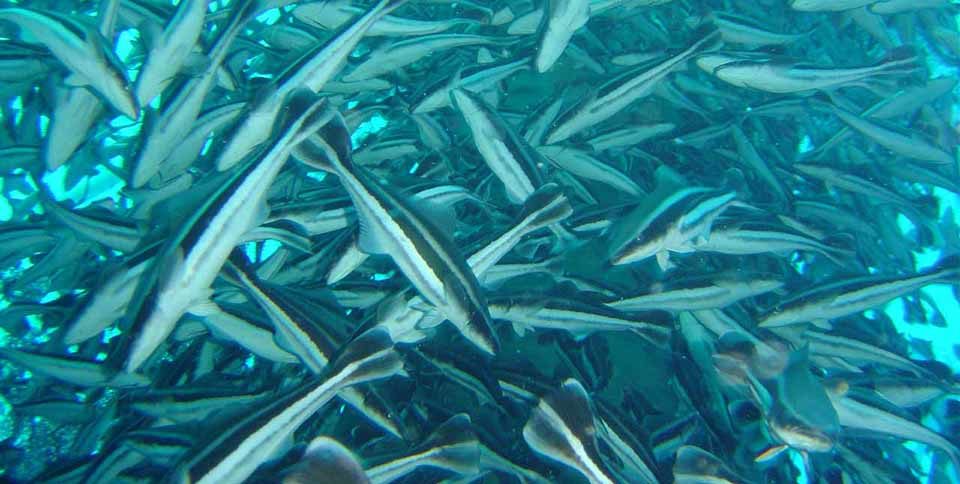
Environmental monitoring
The University of Miami is conducting an environmental assessment of the demonstration project by collecting and analyzing water quality samples at the cage and control sites once a month. The environmental monitoring also includes benthic sampling and epiphyte collection in the area surrounding the cage to determine whether nutrient inputs and solid wastes are having an impact on the site’s water column and bottom.
Conclusion
The main objective of the project is to demonstrate that cobia can be successfully raised in the Bahamas using advanced culture technology with low impact and high yield. It is expected this first cage will produce 70 metric tons (MT) of market-size (4 to 8 kg) cobia to be sold primarily to the local market.
(Editor’s Note: This article was originally published in the February 2004 print edition of the Global Aquaculture Advocate.)
Now that you've reached the end of the article ...
… please consider supporting GSA’s mission to advance responsible seafood practices through education, advocacy and third-party assurances. The Advocate aims to document the evolution of responsible seafood practices and share the expansive knowledge of our vast network of contributors.
By becoming a Global Seafood Alliance member, you’re ensuring that all of the pre-competitive work we do through member benefits, resources and events can continue. Individual membership costs just $50 a year.
Not a GSA member? Join us.
Author
-
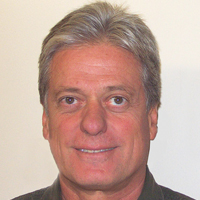
Daniel D. Benetti, Ph.D.
Associate Professor, Director
Aquaculture Program
University of Miami
Rosenstiel School of Marine and Atmospheric Science
4600 Rickenbacker Causeway
Miami, Florida 33149 USA
Tagged With
Related Posts
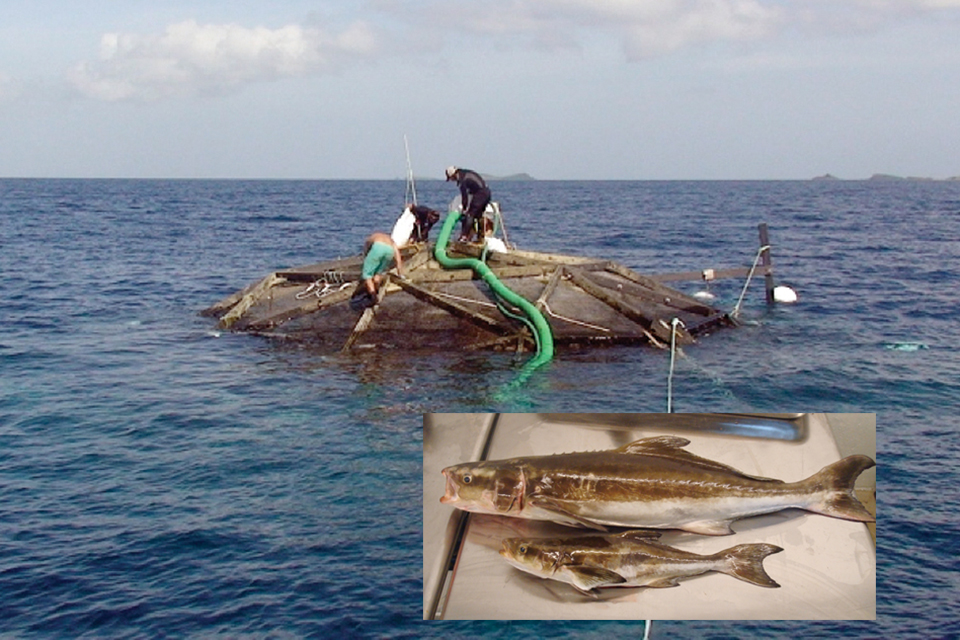
Intelligence
Cobia aquaculture expanding in Americas, Caribbean
A marine fish species with excellent characteristics for commercial aquaculture, cobia is receiving much attention in Latin American and Caribbean countries.
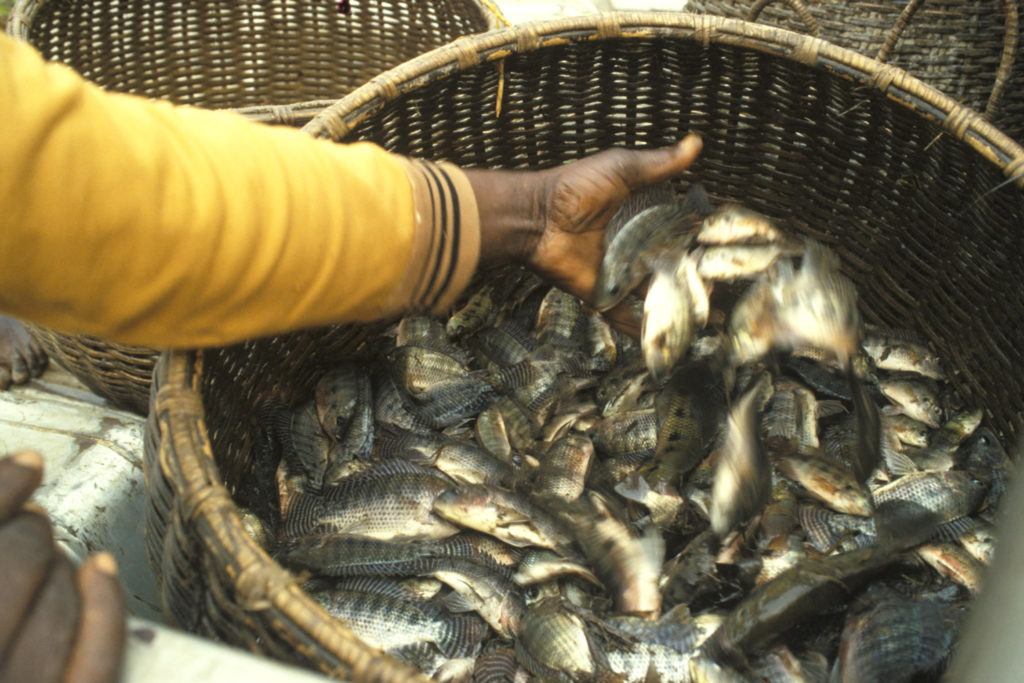
Responsibility
A helping hand to lend: UK aquaculture seeks to broaden its horizons
Aquaculture is an essential contributor to the world food security challenge, and every stakeholder has a role to play in the sector’s evolution, delegates were told at the recent Aquaculture’s Global Outlook: Embracing Internationality seminar in Edinburgh, Scotland.
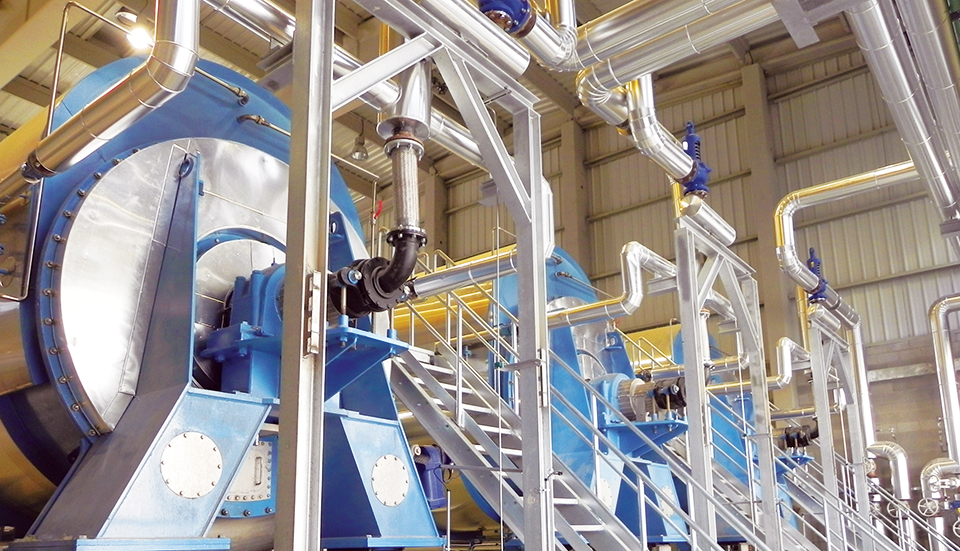
Aquafeeds
Animal byproduct concentrates useful tools in formulation
With the market volatility of fishmeal, as well as rising sustainability concerns, the aquaculture industry is seeking sources of protein, such as animal byproduct concentrates, to substitute for fishmeal.
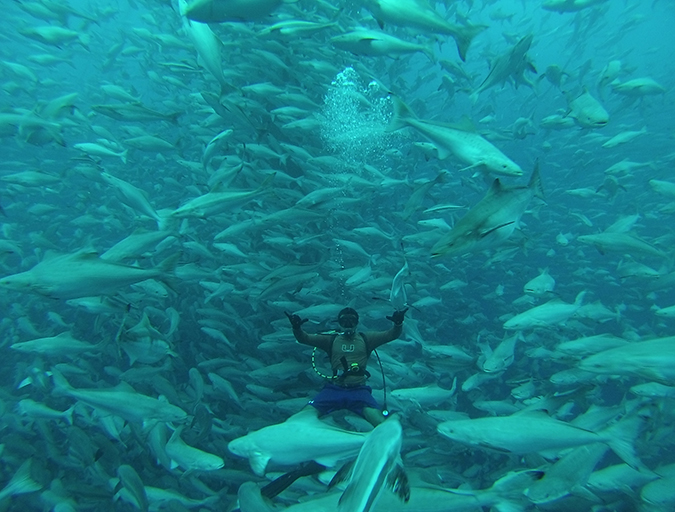
Innovation & Investment
Aquaculture Exchange: Daniel Benetti
University of Miami professor says the U.S. seafood marketplace needs to embrace 'plate-sized' fish if a domestic aquaculture industry is to become sustainable and profitable.

